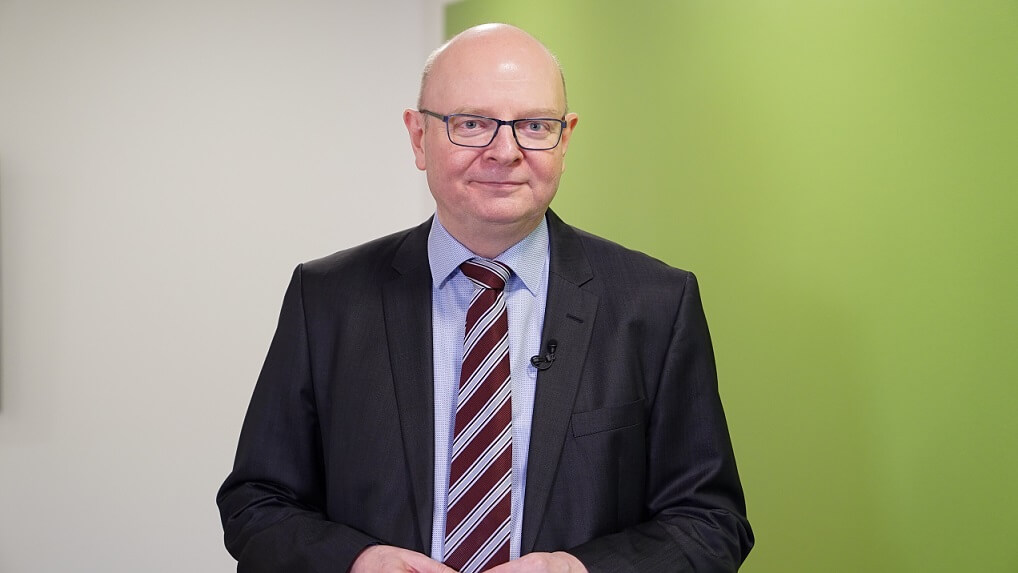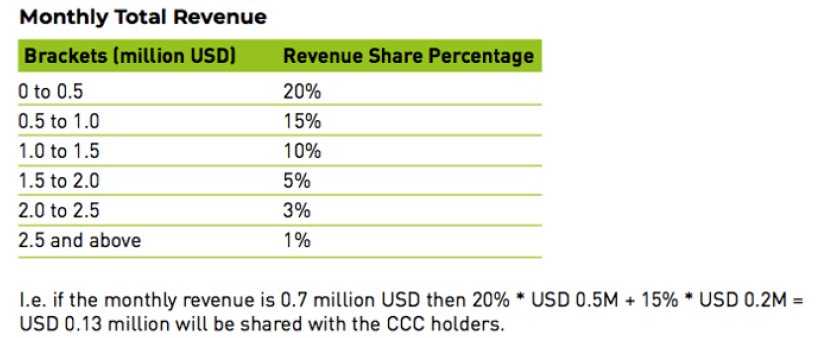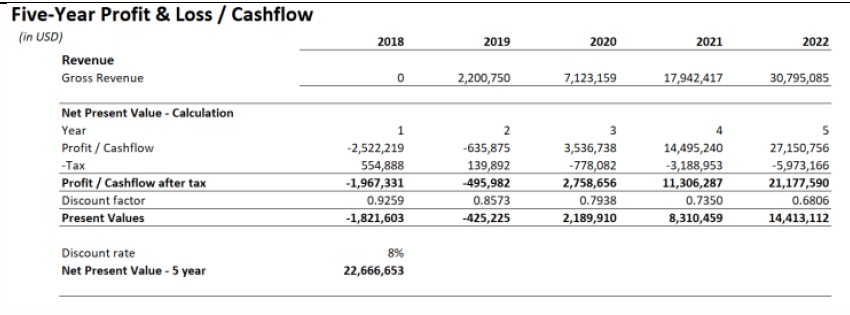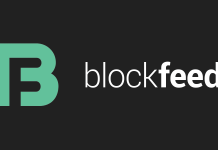Disclaimer:
- This is not financial advice this is an interview with Block shipping
- All answers have been provided by Block shipping
- Investitin.com staff are not financial advisors, this is not financial advice.
- This is not a buy, sell or hold recommendation of any assets mentioned in this interview.
- Do your own research before you invest in anything.
- This article/interview has been published for free.
- Your capital as at extreme risk and you can lose it all when investing in ICOs and cryptos.
- Please discuss this with your local financial advisor before you invest.
- Full Disclaimer
Interview with CEO and Founder of Blockshipping Peter Ludvigsen
Quick Overview:
HardCap: $24 million
Two tokens:
- Internal Container Platform Token (CPT), which is a utility token,
- Revenue Share token Container Crypto Coin (CCC)
- Total tokens issued: 50.000.000 CCC
Token Sale Price: 0.62
ICO Allocation:
- Pre-sale: 10%
- Public Sale: 70%
- Bonus for pre-sale: 5% 20%
- Advisors, Media and Partners: 10%
- PreSale Date: 1st March, 2018
- ICO Date:15th April, 2018
Can you introduce yourself and your role in GSCP?
My name is Peter Ludvigsen and I am the CEO & Founder of Blockshipping, the creators of GSCP. I have worked 40 years in the global container shipping industry which is ripe with inefficiency.
Background of Founder of Blockshipping ApS
Peter has 40 years’ experience in the shipping industry possessing a unique combination of Shipping Industry background (Liner Shipping, Operations Management, Ports and Container Terminals), with CIO experience, and IT Program Management along with entrepreneurial experience from having founded and managed Bestshore Business Solutions UK Limited for a number of years.
His background and experience can be summarized as follows:
- 40 years in total of background in large International Shipping Companies and Management Consulting (Shipping and Container Terminal development projects)
- Extensive experience in E-Commerce, ecosystems and business dev opportunities in connecting Carriers ERP, Terminals TOS with landside operators
- 8 years´ combined experience as CIO for Maersk Line Europe Region, UASC, Ports America, and INTTRA.
- 5 years’ combined experience with UASC initially in roles as Management Consultant, Interim CIO and later permanent Group CIO responsible for large strategic IT Projects and head of IT dept.
- 10 years’ experience in Head office IT Dept. at Maersk Line, Copenhagen and London in roles as Project Manager and Business Solution Mover responsible for the full lifecycle of large enterprise IT projects. This includes 3 years’ experience in the role as CIO for Maersk Line Europe Region.
- Extensive IT projects and Program management experience for large global Enterprise IT Projects
- Proven track record in ensuring successful delivery of large and complex solutions
Strong background in IT procurement and management of large IT vendors.
Managing Director of Terminal/Operations/Intermodal company (120 FTE) in Taiwan responsible for all operations of large North European Carrier including the development of large Container Terminal in Kaohsiung - Strong trend forecasting ability with the proven track record in developing business ideas and solutions which materialize 4-6 years later.

Do you have links to videos of the founders discussing the project?
https://youtu.be/_Pw3-AHfzT8
What is the role of container registration in the shipping industry?
Currently there is no central registry of containers in the shipping industry. Each Container Carrier (e.g. Maersk Line, Hapag Lloyd, CMA-CG etc) and the Global Leasing Companies each manage their own container inventories in their back-end systems.
Why haven’t the large shipping companies created such a system already?
Large container shipping companies are all fierce competitors and they do not want anyone Container Carrier to get the upside by creating a centralized container database. At the same time, these container carriers are nearly all operating at a loss or with a very small Ebitda which means that no one has the appetite to embark on major IT investments.
Generally, the back end container equipment systems at container carriers are very outdated (between 30 and 45 years old) with very costly old interfaces. Many carriers have transferred the maintenance of these old container control systems to Shared Service Centres in India, PRC and the Philippines and this makes it even more difficult to modernize and replace these systems.
In Blockshipping with the development of the Global Shared Container Platform we are creating a distributed and shared Blockchain enabled container register where the container owners (Container Carriers and Global Container Leasing companies) will be able to share container with each other.
Currently, how do ports, ships and shipping companies exchange information, what is the common platform between them?
The predominant method to exchange information on container activities in the shipping industry is via something called Electronic Data Interchange (EDI). People has been talking about the demise of EDI for the past 20 years, but because of the challenges mentioned above I would say that around 85%-to 90% of container related information exchange all take place via EDI.
I made a posting on linked in talking about this problem in April 2017.
Value of connecting Carrier ERP Systems and the TOS with the First and Last Mile Actors
The Global Shared Container Platform (GSCP) includes an Integration Platform as a Service (iPaaS) which will be able to improve the transmission speed of container activity information and help the shipping industry move towards using modern APIs and Web Services replacing EDI.
What share of revenue will the CCC token holders have from the platform?
The share of revenues from Blockshipping and the GSCP platform will be as follows:

When will the first dividend be issued and what frequency will these be issued?

The interests of the shareholders and the token holders are completely aligned. The benefits of the ICO is that we do not have any major Venture Capital or Private Equity fund that might try to push Blockshipping in a different direction.
What are the differences between revenue, profit and turnover for GSCP?
Here is a snapshot of our budget from our GSCP Financial model

Will the company be audited, and will the accounts be published every year?
Blockshipping is a Danish company and it currently has a limited liability form referred to as Anpartsselskab (ApS). An ApS is what you normally start with as an entrepreneur in Denmark. Our legal counsel Moallem Weitemeyer Bendtsen is converting the legal entity of Blockshipping from being an ApS to an Aktieselskab (A/S). This process will be completed ahead of the ICO sale on April 15th.
According to Danish company law an A/S has a higher capital requirement, and it is mandatory to have a Board and a certified auditor must be formally appointed.
In which year of operation does GSCP estimate to make a profit?
In 2020
What is the current status of the software backend powering GSCP?
We are completing the GSCP prototype in the beginning of April. At the same time, we are in process of finalizing requirements specs for the phase 1 Minimum Viable Products. The target architecture of the GSCP Platform will also be finalized during April where we will make a decision on which Blockchain technology and which cloud platform to select.
What is the status of the development team that is going to build this software, how do you envisage its structure?
Our CTO is in place and we have lined up three potential software development vendors which will enable us to launch 4 or 5 parallel tracks of software product development.
For more information please visit: https://www.blockshipping.io/
We thank Peter Ludvigsen for the interview.











